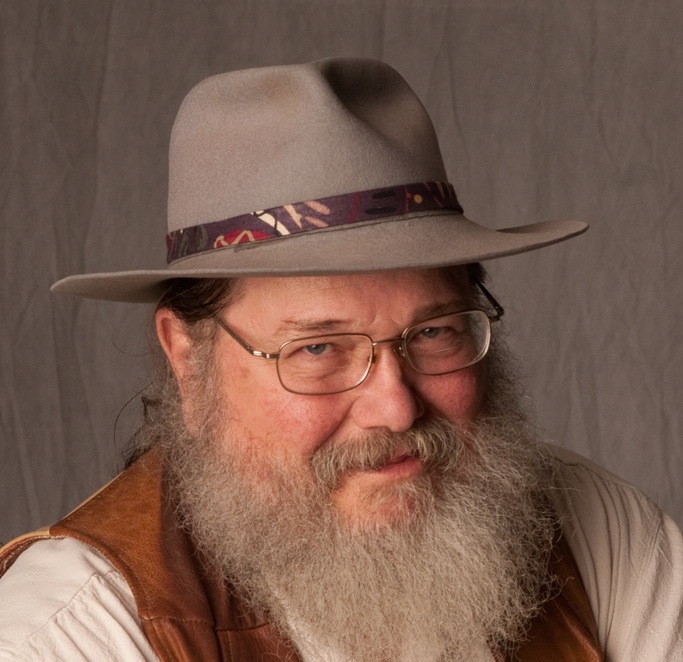My older brother Homer told me about our Cherokee grandma walking with her people from Missouri alongside an oxcart that carried a few household goods and precious seeds into Texas about 1900. Our grandpa was a one-armed schoolteacher who saw the raven-haired beauty pass and declared he would “marry that woman.”
Homer explored the prairies around Aledo, Texas, where we grew up when he was just 4 or 5. He would pick the petals from the wildflowers and create mosaic pictures on the sand with the pure bits of color. He would admire them and experience something akin to a religious state until the prairie winds scattered them.
It was several years ago that I was at the Hopi agricultural fair with a group from Northern Arizona University’s Center for Sustainable Environments where I was serving a stint as Folklorist In Residence. We had set up a table for materials about the university.
“May I share your table?”
The Hopi man was slight of frame, with a round face framed in jet black hair and thick glasses. He held a brown Basha’s grocery bag. I welcomed him and made room at the table.
The man began pulling out half-pint jelly glasses until an even dozen stood there. He dumped part of the contents of each jar in a little pile on the table. “I wanted to show some of the corn I have been growing.” He said.
I leaned forward to examine the mounds of pure pigment—agate green, amethyst, delicate rose, sky blue, jet black. I breathed in the scene like a sunset. I’d seen Hopi blue corn before but nothing like this. The colors were so vibrant and elemental. It reminded me of being a child and getting my first box of 24 Crayolas.
“Each one has its own use,” he explained. “This one you eat when it is tender and green. That one you collect the pollen and use it in the ceremonies to greet the rising sun.”
A steady stream of people walked by our table and I listened in fascination as they examined the treasure trove of seed and commented on each: “My grandfather grew this on the mesa when I was a child. I thought it was gone. Can I have some?” The man wrapped up small amounts of corn seed in torn newspaper and shared freely with the curious.
The man asked me if I’d watch his seed while he ran some errands. I watched. And listened. A group of Hopi teens approached wearing Rasta T-shirts and shades. Too cool for school, I thought. They spotted the seeds and I waited for them scoff or make fun.
“Wow!” the ringleader exclaimed. “That’s the corn my grandma makes wedding cake from.” Another slender boy sifted brick-red grains from hand to hand and said “My uncle and I grow this in our lower field. We use the pollen in the sacred paintings.”
The thump of reggae was clear from their earphones as they chatted comfortably about the different uses of the corn. I spent the afternoon watching faces light up with recognition as they spotted old friends on the table. While masons were installing stained glass windows in the cathedrals of Europe these jeweled seeds were illuminating rituals in the kivas of Third Mesa.
The visual impact of that rainbow of color stayed with me. Last year I saw a photo posted online of a small ear of multi-colored corn. On the same ear was a prism of rich colors; looking for all the world like the crude jewels studding an ancient Irish gold crown. Blood-red rubies, lush sapphires, mossy emeralds, milky pearls and drops of honeyed amber—all arranged in graceful spirals on a four-inch cob.
The link told about an 80-something-year-old Cherokee plant breeder in Oklahoma who had back-bred several varieties of ancestral corns and developed what was being called Glass Gem Corn. I contacted the seed company but they were sold out. They put me on a waiting list of 7,000. I finally got the envelope last week. The dried, shriveled grains don’t look like much. Today Sue and Eric are burning weeds on the planned cornfield to warm the soil. Somewhere my Cherokee grandma is smiling.

